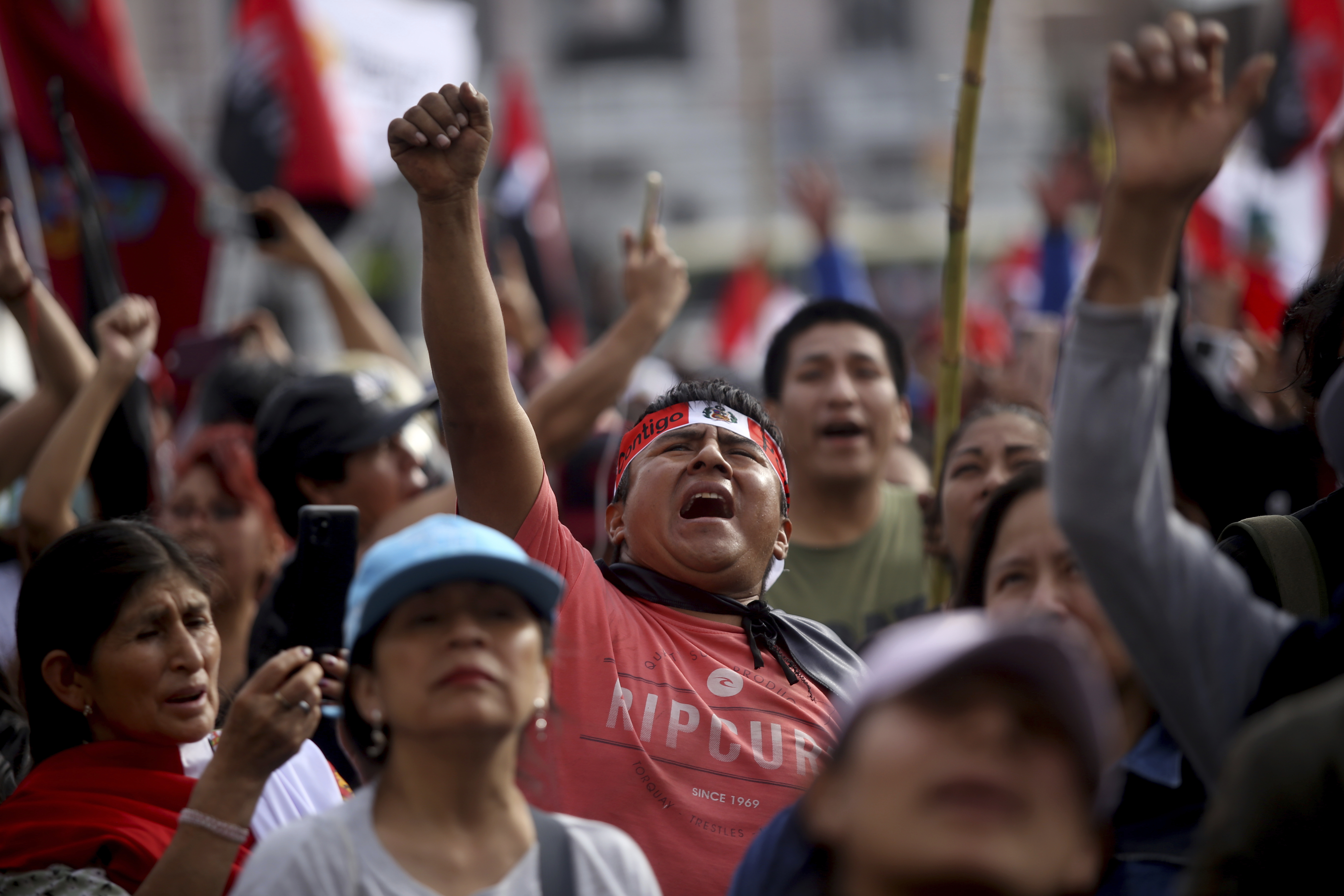Explainer: Child Labor Legislation in South America
Explainer: Child Labor Legislation in South America
In light of Bolivia's new child labor law, AS/COA Online examines some of its neighboring countries' policies.
This month, Bolivia’s new child labor law renewed discussions on the best policy approaches to protecting youth from exploitation. According to the International Labor Organization (ILO), between 2008 and 2012 the total number of children engaging in child labor in Latin America decreased by 11 percent, or by 1.6 million children. This decline accompanies a number of government measures to tackle the issue. With 12.5 million young workers, Latin America now has fewer child laborers than regions such as Africa, Asia, Eastern Europe, and the Middle East, the U.S. Department of Labor (USDOL) estimates. Still, child labor remains a challenge, one which Bolivia believes it can tackle with legislation that recognizes and regulates the issue through legalization. Its new law allows children as young as 10 to work—lower than the recommended 14 years old by the ILO. Bolivia’s legislation also doesn’t mirror that of several other South American countries—including Brazil, Colombia, Ecuador and Peru—all of which the USDOL classified as making “significant advancement” in reducing the worst forms of child labor in a 2013 report. To see how Bolivia’s law compares to that of its neighbors, AS/COA Online looks at the legislative frameworks and strategies for preventing child labor in these five countries.
Bolivia: On July 17, Vice President Álvaro García Linera—standing in for President Evo Morales—signed a bill changing the rules for child labor. While the law maintains the minimum working age at 14, it provides exceptions for children as young as 10 to work. Starting at age 10, children given permission by the government can work with their parents, and youth can work under supervision starting at age 12 as long as they stay in school. The legislation received support from a child workers’ union, which hopes legalization will prevent exploitation in a country where an estimated 848,000 children already work.
Still, the government’s move strays from international protocol on child labor, contradicting the ILO Convention 138 on the Minimum Age for Employment, which Bolivia ratified in 1997. This convention sets the minimum recommended working age at 15, and states that 14 years old is a permissible minimum for developing countries. Human Rights Watch’s Child Rights Advocacy Director Jo Becker described lowering the minimum working age as “counterproductive and out of step with the rest of the world.” However, Bolivian Senator Adolfo Mendoza, one of the bill’s sponsors, disagrees. “Child labor already exists in Bolivia and it is difficult to fight it,” Mendoza said. “Rather than go after it, we want to protect the rights and guarantee the labor security of children.”
Brazil: Brazil’s 1990 Statute of the Child and Adolescent prohibited work by children younger than 14. In 1998, Brazil amended its constitution to raise the minimum working age from 14 to 16, and a 2008 law prohibited children under 18 from working in jobs considered hazardous to their health. However, judges can grant exceptions to 14- and 15-year-olds to complete apprenticeships, a provision that came under scrutiny in 2011 when Agência Brasil reported that between 2005 and 2010 judges had granted more than 30,000 permits to children for unlawful jobs in landfills, fertilizer plants, and construction. As a result of the ensuing public response, the number of such permits fell 58 percent between 2010 and 2011 alone. Leading up to the 2014 World Cup, the government partnered with UNICEF to create an smartphone application to facilitate the reporting of child exploitation, including child labor.
Though an estimated 3.5 million children and adolescents work, the country is making progress to reduce child labor. The 2014 Child Labor Index from risk consulting group Maplecroft index, which measures levels of child labor, showed Brazil jumping from spot 65 in 2013 to 81 in 2014, with higher numbers showing improvement.
Colombia: The country’s 2006 Code for Children and Adolescents sets a minimum working age of 15, though children between 15 and 17 need a job inspector or local government official’s approval to work. The code promises the protection of young workers’ rights and requires that minors’ jobs align with Colombia’s ratified international conventions. Plus, a resolution passed in 2008 outlines a list of jobs considered too hazardous for young workers.
Colombia’s legislation to prevent dangerous forms of child labor has been complimented by successful poverty reduction strategies, including the national expansion of Families in Action, a conditional cash transfer program which provides financial support to low-income families on the condition that their children stay in school. With less need for extra income, families send children to study rather than work. A 2011 World Bank research paper reported that initial evaluations of Families in Action resulted in a 10 to 12 percent decrease in child labor participation.
Plus, Maplecroft’s 2014 Child Labor Index showed the Andean country climbing 37 spots since 2013, the greatest improvement in South America. Currently, an estimated 1.6 million children and teens work in the Andean country.
Ecuador: In 2003, Ecuador raised its minimum working age to 15, a move which followed a Human Rights Watch exposé on the use of child labor in the country’s banana industry. Like Brazil, Colombia, and Peru, Ecuador’s laws note several forms of work deemed unsuitable for children under 18, which include jobs in landfills or mines, where children are often exploited for their small size. The labor code also provides for inspections of businesses, which if found to be subjecting children to unlawful labor, can be fined or shut down. In addition, in 2012 Ecuador’s Ministry of Labor created the “Business Network for a Child Labor-Free Ecuador” an alliance of private and public sector businesses dedicated to the eradication of child labor. An estimated 360,000 children and adolescents work in this country.
Peru: Per the 2000 Child and Adolescent Code, Peru’s official minimum age for employment is 14, though children between 12 and 14 can work up to 4 hours a day. A 2001 law amended the code to provide exceptions for more hazardous industries. The law set the minimum age to 15 for agricultural work, 16 for industrial, commercial, and mining work, and 17 for industrial fishing jobs. In 2012, the government announced its National Strategy for the Prevention and Eradication of Child Labor, a decade-long plan that aims to improve financial opportunities for families and increase school enrollment. Around 1.9 million children and teens work in Peru.









